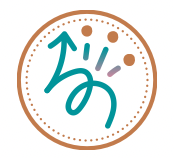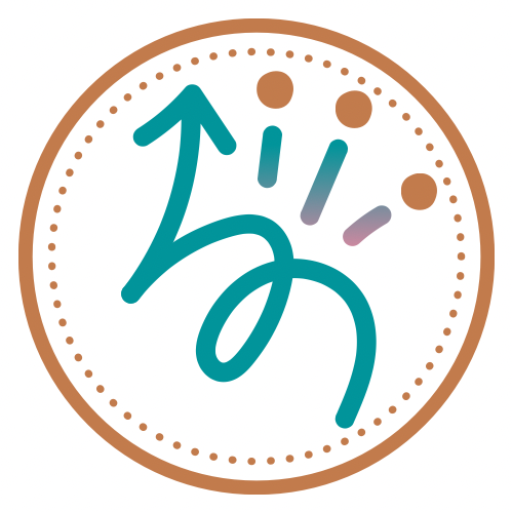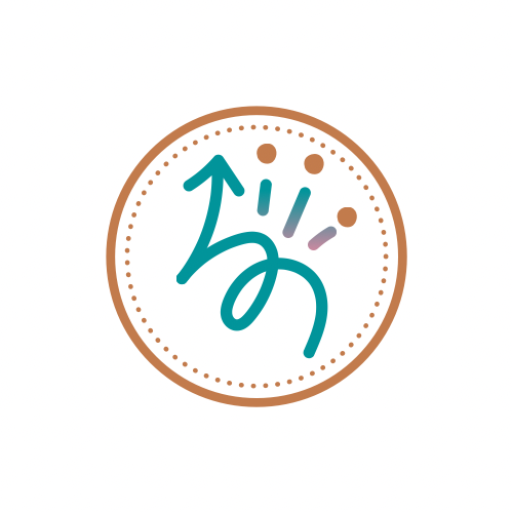Button Hook And Zipper Pull: A One Handed Dressing Aid
Button hooks and zipper pulls are a helpful adaptive dressing aid to help make manipulating buttons and zippers with one hand easier. This assistive device is made with only 4 household items, and is used to enhance independence in self care. In this article, you will find a step by step tutorial to make your all in one button hook and zipper pull.

This content is not intended as a substitute for medical advice, diagnosis, or treatment. Always seem the advice of your physician, therapist or other qualified medical professional with questions you may have regarding a medical condition or treatment. See full disclosure here.
All links in this post are non-affiliate links, and are provided for your convenience.
The Button Hook And Zipper Pull
A button hook and zipper pull is an assistive dressing device often used in occupational therapy. This adaptive clothing tool helps to support individuals who use one hand to be able to manipulate buttons and move zippers up and down independently.
Additionally, button hooks and zipper pulls can also enhance independence other dressing skills besides zippers and buttons. A zipper pull is used by slipping the hook end of the zipper pull into the zipper slider to pull the zipper up or down eliminating the need for fine motor dexterity and the pincer grasp when zipping. This type of assistive technology can also be used as a tool for pulling on shoes and removing socks with the use of the zipper pull.
It’s important to note, the button hook and zipper can be made together as one device, or you can either make the button hook or zipper pull by itself depending on your needs.
Unfortunately, the downfall to the zipper pull is that for individuals that need their zippers aligned, the zipper pull cannot assist with that.

Zipper Alignment
After researching the problem of zipper alignment further, I found a company that makes a magnetic zipper. The magnetic zipper automatically aligns the zipper when both sides of the zipper are placed close together. I bought one of the replacement zippers, and it is way cool. One-handed zipping made easy. I created a tutorial for replacing an existing zipper on a jacket with an all inclusive Magzip adaptive magnetic zipper. Check out Ankhgear’s hoodies and other accessories here.
Well, with that being said, lets get started on these two assistive devices beginning with the button hook along with a little background information on each.

What Is A Button Hook?
A button hook is a type of dressing aid used to help individuals gain independence in buttoning a shirt, jacket, or sweater. For someone who has limited upper extremity range of motion and/or limited hand dexterity may benefit from the use of a button hook. This type of assistive aid can make the daily task of dressing and undressing easier.
The purpose of a button hook is to gain independence in manipulating buttons while using one hand to complete the task. Additionally, using of this type of adaptive equipment for buttoning can help foster greater independence in dressing. Not only does the individual gain independence in buttoning, but also buttoning may require less time to complete and can enhance confidence in daily living skills.
This do-it-yourself button hook project is made using a dowel small rod along with a large paperclip and, of course, duct tape. For instructions on how to make a quick, wide grip, low-stress built-up handle click here.
Who May Benefit From Using A Button Hook?
Button hooks can assist individuals in gaining independence in self-care who may experience:
- Limited upper extremity strength
- Decreased range of motion
- Limited fine motor dexterity
- Limited pincer grasp
- Finger or hand pain
- Weak grasp
Where To Purchase A Button Hook?
NC Med Button Hook and Zipper Pull
This built up button hook and zipper pull by NC Med is your standard dressing aid that helps individuals button and unbutton shirt buttons and manipulate zippers with ease. With ergonomic comfort and textured ribbing, this handy tools helps users maintain their grip while buttoning. The button hook fit around most buttons with ease with exception to oversized buttons.
Pocket Dresser All In One Dressing Tool

How To Use A Button Hook?
- Push the wire end of the button hook through the buttonhole.
- Next, place the wire hook around the button.
- Then pull the wire-hooked button back through the buttonhole using the index finger.
- Lastly, remove the wire from the button. Done.
** Reshape the button hook wire or replace as needed with use.
How To Unbutton Using a Button Hook?
First, place button hook over button.
Then, swing the button hook device to the opposite side of the shirt, and push through using the index finger to assist as needed.
- Move the button hook back to its original position on the other side of the shirt. Release the hook from the button using the index finger if needed.
Zipper Pull

What Is A Zipper Pull?
A zipper pull is a type of assistive device designed to make pulling up or down a zipper easier. No pincer grasp is needed (the ability to hold a small object between the thumb and index finger). The zipper pull eliminates the need to grasp the zipper slider. Instead, the assistive device hooks into the slider and pulls the zipper up or down using a gross power grasp on a dowel rod.
In addition, here are instructions on how to add a built-up handle to the dowel rod using foam tubing or a washcloth for wider, ergonomic gripping surface.
Who May Benefit From Using A Zipper Pull?
A zipper pull may provide assistance to individuals of all ages who have fine motor and range of motion differences that need assistance with pulling a zipper up and down independently.
- Differences in fine motor control and strength
- Limited pincer grasp
- Differences in hand function and dexterity
- Hand injury
- Stroke recovery
- Arthritis
Furthermore, button hooks and zipper pulls can be essential for gaining independence in dressing skills for people who have limited fine motor strength and dexterity. These two tools can make dressing less time consuming, foster greater independence, and enhance confidence in daily living skills. This tool can be made all in one, or separately if you do not have a use for both tools.
Other Types Of Adaptive Daily Living Aids
How To Make Your Own Button Hook And Zipper Pull?
As always, when using power tools it’s especially important to adhere to all safety measures and precautions. Always ask for help or assistance when needed.

Tools and Materials
- Drill
- 3/32″ drill bit (drill bit size may vary depending on hook size)
- masking tape or duct tape
- one large paper clip
- one small hook
- one dowel rod 3/8″ wide, 6-12″ long depending on your desired length
- A vise to ensure safety while drilling. See picture below.

Instructions
To Make The Button Hook

- Partially open the paper clip like seen the photo above.
- To attach the paper clip to the dowel rod, place the straightened end of the paper clip flush to the dowel rod and position it so that the loop of the paper clip is just above the dowel rod (the paper clip should not be positioned so that the loop is to the outside of the dowel rod). See picture below.

3. Using a thin piece of duct tape, wrap the intact portion of the paper clip securing the loop in place. See the photo above.
4. Wrap the remaining areas of the paper clip like seen in the photo below. Place a few extra thin strips of duct tape over the area between the dowel rod and the paperclip as seen in the above picture as indicated with the arrow.

How To Make A Zipper Pull

- To drill a hole in the end of the dowel rod, secure the dowel rod in a vise to hold in place while drilling.

2. Using the small hook, screw in the hook into the hole at the end of the dowel rod.
In conclusion, button hooks and zipper pulls are pretty quick to make but can make a big difference in lives of others in need of this type of device.

Resources
- Pocket Dresser All In One Dressing Aid can be purchased through The Wright Stuff, an online adaptive daily living aids store.
- NCMed Button hook and zipper pull
- Ankhgear magnetic Magzip zippers and apparel









Hi there! I simply wish to give you a huge thumbs up for your great information you have got right here on this post. I will be returning to your site for more soon.
Thank you so much! I’m glad to hear you enjoyed the post and found it helpful. Thank you again for your kind message.
Deepest appreciation! 🌟
Thank you! I’m glad the project and article was helpful to you-